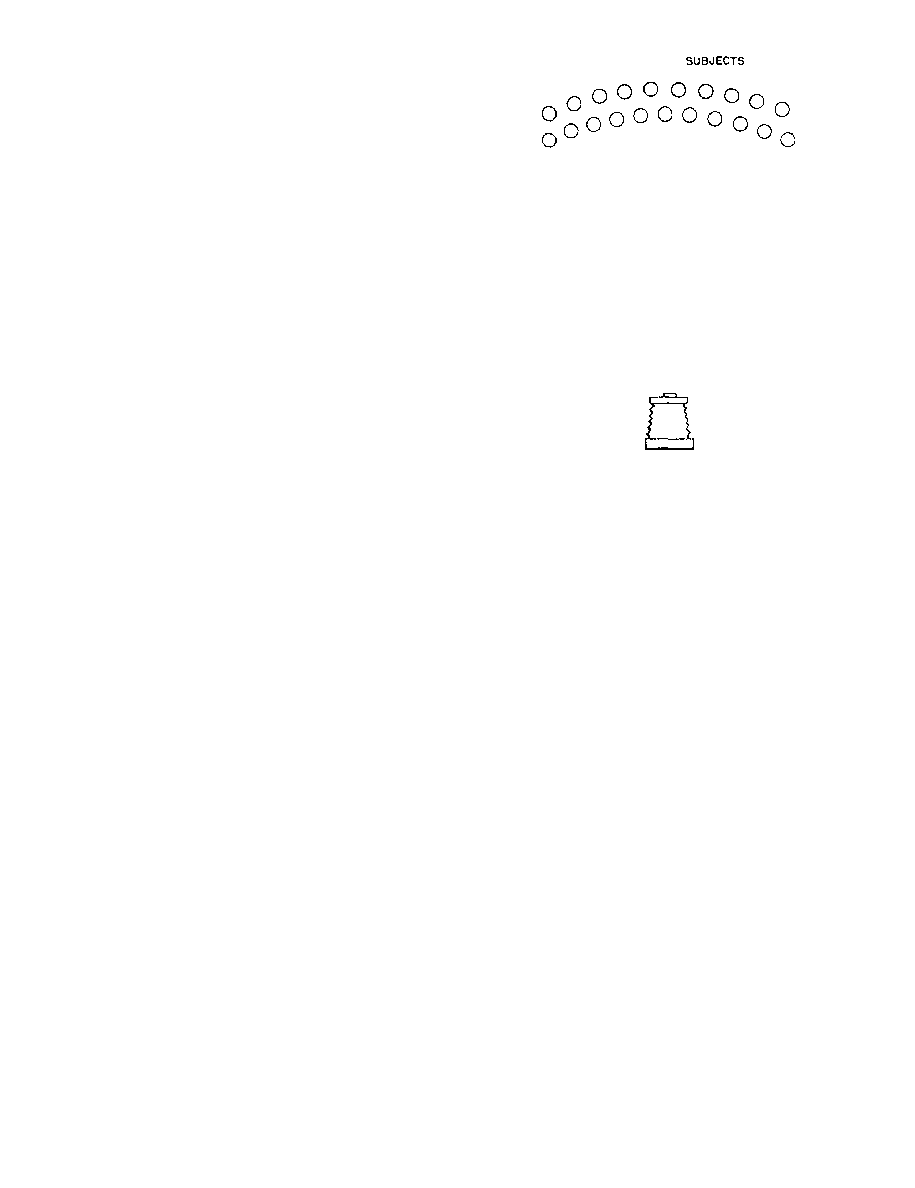
DOFMaster
for Windows
On-line
Depth of Field
Calculator
DOFMaster for Mobile Devices
On-line
Depth of Field
Table
Hyperfocal
Distance Chart
Articles
FAQ
Recommended
Books
Support
Contact
Links
Home
for Windows
On-line
Depth of Field
Calculator
DOFMaster for Mobile Devices
On-line
Depth of Field
Table
Hyperfocal
Distance Chart
Articles
FAQ
Recommended
Books
Support
Contact
Links
Home
As an Amazon Associate I earn from qualifying purchases.
![]()
may be seated, kneeling, or standing in a variety of
direction.
group photography. Regardless of the number of
persons in a group, they should be arranged to fill the
picture in such a way so you get the largest possible
image size of each person. One exception to this general
rule is when the importance of the background is equal
to or greater than the group itself. This often occurs with
an informal group when the picture is actually intended
than the individuals. In this case, locate the camera for
the best composition of the object; then arrange the
people in the picture to enhance the story being told
to ten persons are being photographed in a group, it is
advisable to arrange them in two rows. For larger formal
groups, arrange the people in as many rows as necessary
to fill the frame. Avoid stringing out one long, narrow
line of people across the frame.
rows from being blocked from view. Furthermore, in
order to compose the picture properly and fill it from top
to bottom, you must see that each row is higher than the
preceding one. One method is to arrange the group on
the steps of a building, bleachers, or a terrace, so each
row is higher than the preceding one. On level ground
the first row can be seated, the second standing, and the
used in combination with the first is to elevate the
camera so it is pointing down at an angle on the group.
This method is useful as an aid in composing and filling
the picture area. A higher camera angle can be useful in
the camera above eye level, you must avoid excessive
distortion of the figures and vertical lines by too much
elevation.
an equal number of persons in each tow. Keeping the
number unequal permits each person in the second and
succeeding rows to stand directly behind the space
a much better view of each person. The number in each
row should differ by one person.
right and left by grade. When all members of the group
are the same grade, arrange them according to height,
with the tall ones either in the center or at the ends, or
occupying the rear row.
advisable to form them in a slight semicircle instead of
a straight line (fig. 6-3). This places each person
approximately the same distance from the camera and
keeps the images a uniform size. Instruct each person to
turn slightly so he or she is facing directly toward the
bending of a straight row. A proportionally greater
distance exists between the center and the ends of a row
with a camera having a short-focal-length lens than with
relative position, hats are at the same angle, and
uniforms are correct and neat. See that the hands and
Basic Photography Course

As an Amazon Associate I earn from qualifying purchases.
WWW.DOFMASTER.COM
© 2006 Don Fleming. All rights reserved.
© 2006 Don Fleming. All rights reserved.